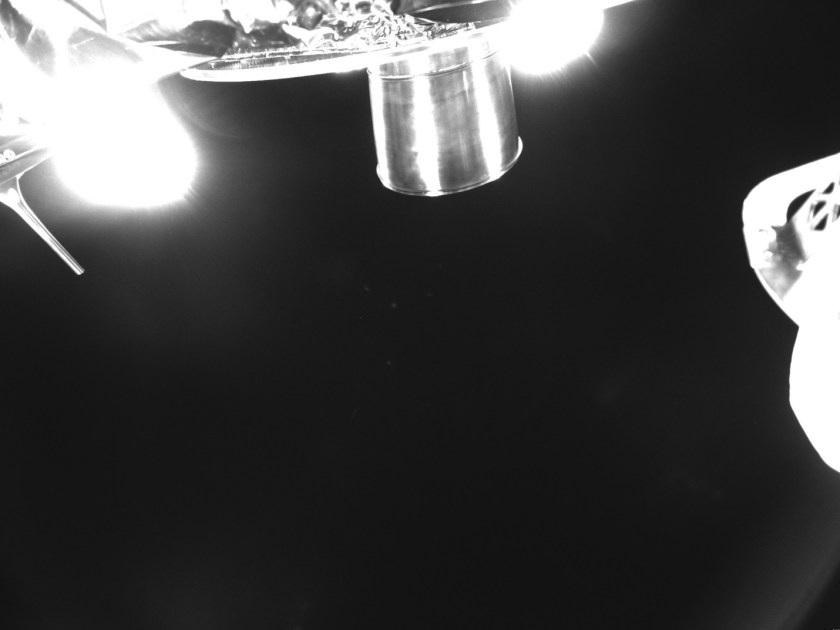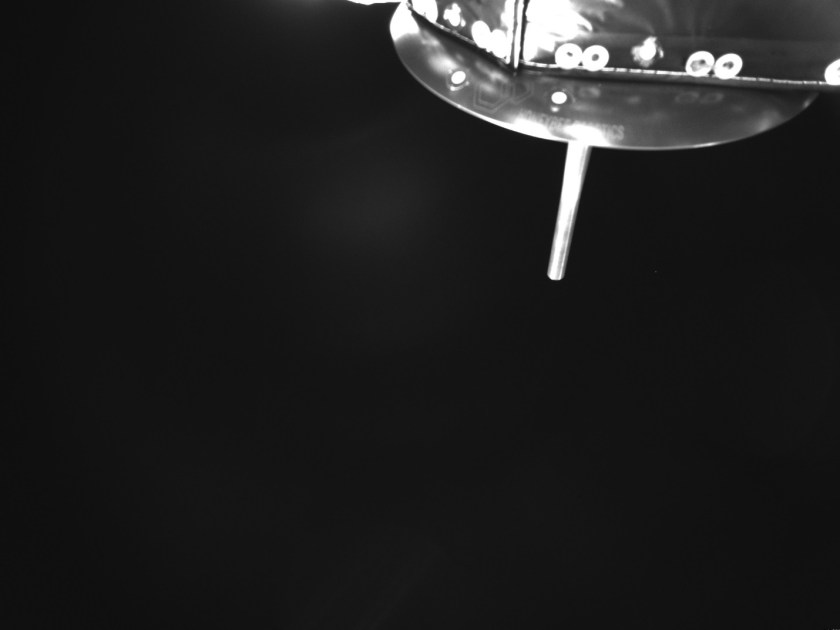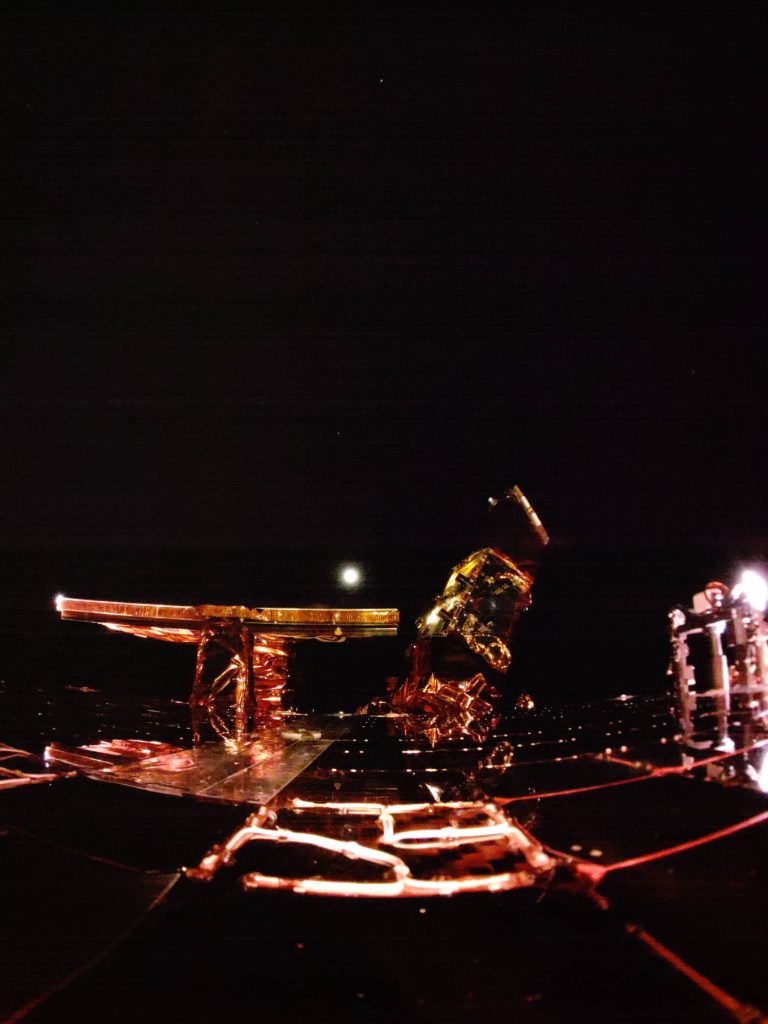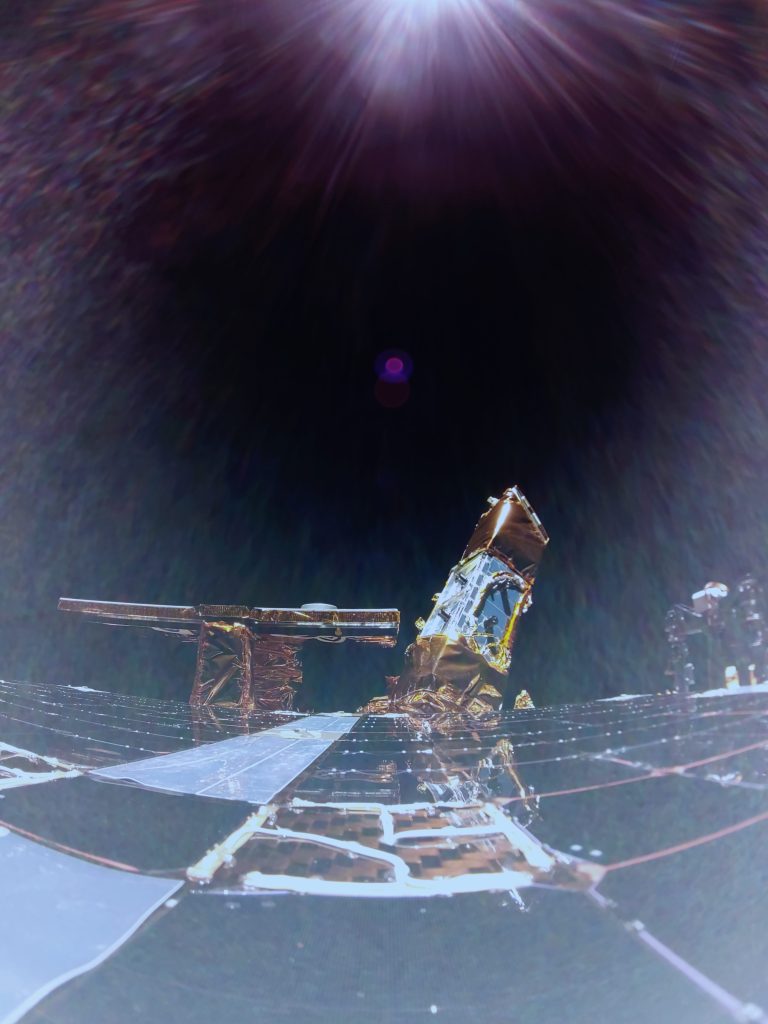After a successful Trans Lunar Injection burn on Saturday, Feb. 8, Firefly’s spacecraft carrying NASA science and tech to the Moon has departed Earth’s orbit and begun its four-day transit to the Moon’s orbit. Blue Ghost will then spend approximately 16 days in lunar orbit before beginning its descent operations. Since launching more than three weeks ago, Blue Ghost has performed dozens of health tests generating 13 gigabytes of data. All 10 NASA payloads onboard are currently healthy and ready for surface operations on the Moon.
NASA’s Radiation Tolerant Computer (RadPC), developed by Montana State University, successfully operated while passing through the Earth’s Van Allen radiation belts, providing insight on how to mitigate the effects of radiation on computers. This helps improve our understanding of the radiation environment that future astronauts may experience on Artemis missions.
During an on-orbit health check, NASA’s Lunar Magnetotelluric Sounder (LMS), developed by the Southwest Research Institute, accurately detected a change in magnetic fields. This is a positive sign that LMS will be able to measure the Moon’s magnetic and electrical fields, shedding light on the Moon’s interior temperature and composition on the lunar surface.

Also during a health check, Firefly and NASA teams captured data and an interior image of the sample container a from NASA’s Lunar PlanetVac (LPV), indicating the payload is operational in advance of surface operations on the Moon. The LPV payload is a technology demonstration that is designed to efficiently collect and transfer lunar soil from the surface to other science instruments or sample return containers without reliance on gravity.

Follow along on NASA’s Artemis Blog as Blue Ghost Mission 1, carrying the agency’s science and technology, continues its journey to the Moon. Additional mission updates can also be found on Firefly’s Blue Ghost Mission 1 page.




